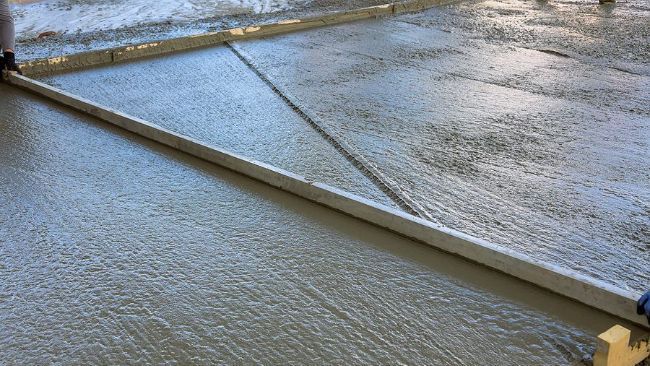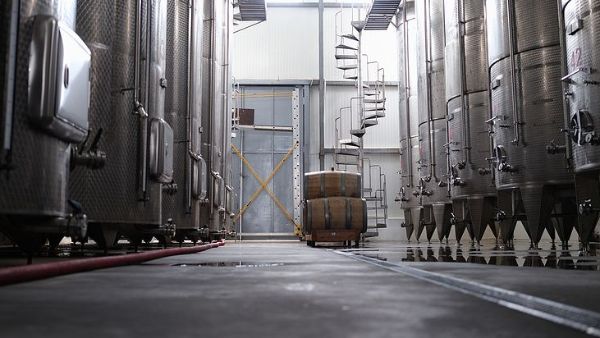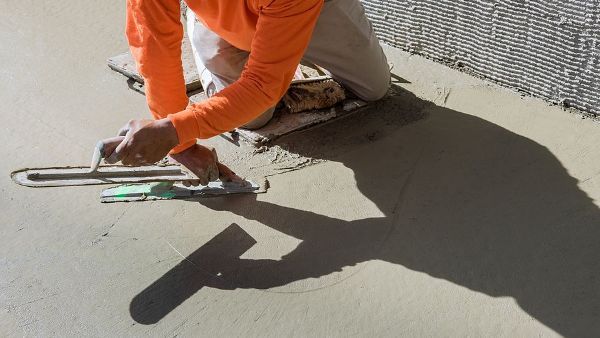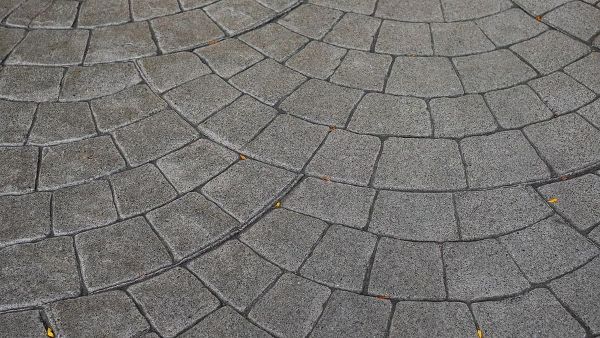Common Questions About Working With Concrete
Does Concrete Set in the Rain?
Construction workers and other builders have been using concrete in architectural projects in one form or another for over 5000 years. In that time, concrete changed in some ways but stayed the same in many other ways. With all this, we have a wealth of knowledge on how concrete works. Below are some commonly asked questions that people who have not worked with concrete before are likely to ask.
Does Concrete Set in the Rain?
When concrete is made and ready to be poured, it is a wet liquid-like mixture. As it sets, it appears to dry. Because of this, there is some confusion as to whether or not concrete sets in the rain or other web environments. Surprisingly, yes, it will set.
While concrete looks like it dries to harden, it doesn't dry in the traditional sense that most things do. It does not require heat or a dry place for it to solidify. Instead, concrete solidifies by going through a chemical reaction.
A good concrete contractor knows even though concrete will harden in a wet environment, pouring concrete in the rain is not ideal. The concrete will take longer to cure when it is wet out. It is also best to avoid pouring the concrete when it is actively raining because this may ruin the ratio of water to dry products in the concrete mixture. So, pour in the rain if you must, but if you can wait, do wait.
If you have already poured concrete and it has since started to rain, try to cover the concrete with a tarp or another waterproof object. If you cover the concrete fast enough, the rain should not damage your project. Once the rain is done, try off the top of the concrete and recover the concrete in case it rains again.
Does Concrete Dry in the Cold?
Concrete will still dry/cure when it is cold out, but it will do so at a different rate and in a different way depending on how cold it is outside. Believe it or not, if the concrete mixture is not fully cured, it can freeze! This will ruin the makeup of the concrete, which can make it more prone to cracks and other structural and load-bearing problems.
Generally speaking, concrete begins to be affected by cold temperatures when it is 50°F or colder. At this temperature, the concrete will still cure, but it will do so much more slowly. Whenever possible, try to pour concrete on a day when it is warmer. If this is not possible, try to cover the concrete or use an alternative heating source to make the construction area warmer.
At about 40°F is when builders will start to have more major problems with the concrete setting. At this temperature and lower, the concrete structure will not set correctly. Again, whenever possible, try to wait under it is warmer to pour concrete. If it is not possible to wait, try to heat up and/or cover the area to keep the concrete warmer.
It should also be noted, that just because the air is a certain temperature, it doesn't mean the concrete will be the same temperature. Make sure to check the temperature of the wet mixture to know the true temperature of the mix. If your mix is fully cured, then the temperature may or may not matter. What matters at that point is the strength of the mixture. At about 500 psi, the concrete should no longer be affected by cold temperatures in any major way.
How is Concrete Strength Measured?
Speaking of concrete strength, it is just as important to know the concrete strength as it is to know how to measure the concrete strength yourself. Measuring concrete strength is one of the trickiest things for beginners to do on their own. There are several tools that can be used to test concrete strength. It should be noted that concrete strength cannot be properly tested until the concrete is fully cured. If the concrete is tested too early, then builders will be likely to get an inaccurate number.
All concrete tests and tools work in different ways, but most of them require a part of the concrete to be taken out of the main slab. This part will be measured and will speak for the rest of the concrete. Because of this, it is best to always pour slightly more concrete than you need. If this cannot be done, be prepared to refill the hole that will be made during the test or make the hole where something else will be put, like pipes or drains.
If you have any questions that were not answered by this article, make sure to contact a professional. The team at RTS Construction is here to answer any questions you may have about concrete-based construction projects and more. They also provide customers with services. If you can't do it, they can do it for you!





